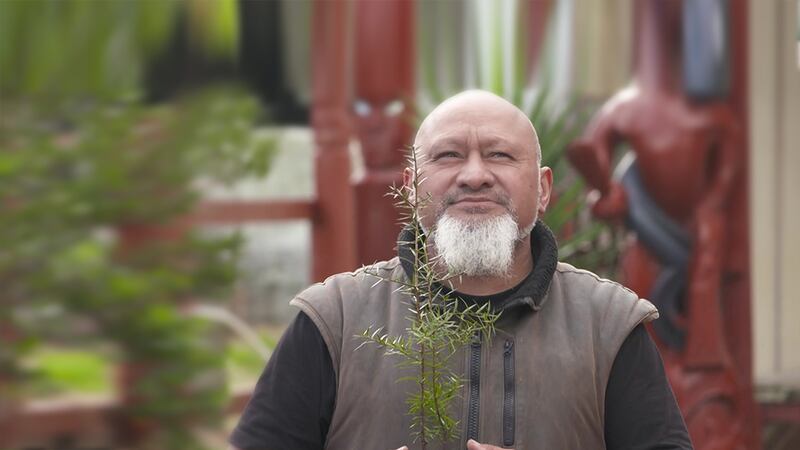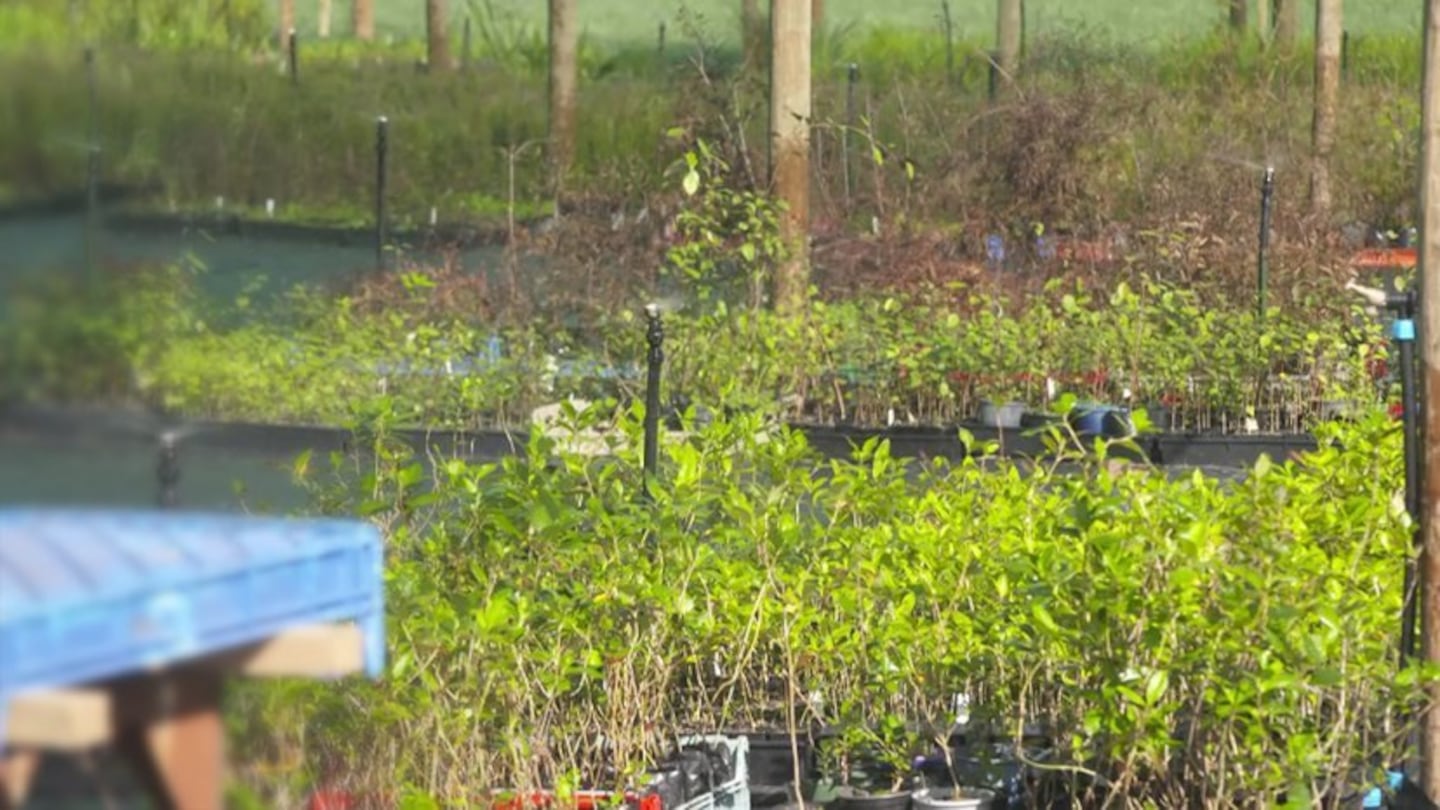A Northland marae is showing that a little TLC in its native nursery operation can go a long way to giving seedlings a head start.
Akerama Marae has operated its nursery for 14 years, and last year partnered with Te Uru Rākau to produce 80,000 native seedlings. The marae-based project has a grant of nearly $500,000 over two years through the One Billion Trees programme.
The team regularly talks and sings to the seedlings, and nursery manager Thelma Horne says that is having a major impact on the growth of the seedlings.
"It's just something that mums do, I suppose, when you are looking after babies. We do it every morning. It's just enough to get our vibration in sync with each other.
Big plans

"We have about 52,000 seedlings, and still plenty more to procure, and our goal is to do 80,000 plants by May next year."
The nursery was started at Akerama Marae by Allan Halliday, who recently died. According to Arapera Te Hauhau, Horne's partner, credit for the nursery falls to Halliday.
Native nursery operation is seeing a head start in growth for seedlings.
"There are two people, in particular. Allan was one. To me, he is the master, and another one is Wati Cooper, who is the boss around here, and they came together and this is the result."
The proof that it works is on full display in their nursery where prized Kauri and Tōtara, are shooting up much faster.
"It's a reciprocal agreement that we have when we come in. It's just something that we do automatically, we feel comfortable with it and they resonate fine with us. That's something that people may think we are a little bit crazy about."
Growing faster
William Barber, Horne's son, agrees.
"You see how the plants grow fast, as opposed to you not being there. I find that when you are there, they seem to grow all the time but when you are not there they seem to be stunted."
Horne says the success of the nursery means they have outgrown its current location.
"Unfortunately, our little space here, our little footprint here is too little to be able to expand for the 80,000 plants. So, we had to have a vision to look at the future, and that was the ability to expand on the 80,000."

